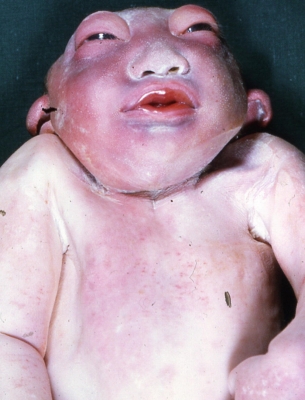
Teratology is the science that studies the causes, mechanisms, and patterns of abnormal development. The authors present an updated overview of the most important milestones and stages of the development of modern teratology. Development of knowledge and society led to the recognition that causes of congenital developmental disorders (CDDs) might be caused by various mechanical effects, foetal diseases, and retarded or arrested development of the embryo and foetus. Based on the analysis of the historical development of hypotheses and theories representing a decisive contribution to this field, we present a survey of the six Wilson?s fundamental principles of teratology. The aim of observing these principles is to get insight into developmental relations and to understand mechanisms of action on the level of cell populations (elementary morphogenetic processes), tissues and organs. It is important to realise that any negative intervention into the normal course of these processes, either on genetic or non-genetic basis, inevitably leads to a sequence of subsequent changes resulting in CDDs. Moreover, the classical toxicologic monotonic dose-response paradigm recently has been challenged by the so-called “low dose-hypothesis”, particularly in the case of endocrine active substances. These include some pesticides, dioxins, polychlorobiphenyls (PCBs), and bisphenol A. Despite modern approaches of molecular biology and genetics, along with top diagnostic techniques, we are still not able to identify the actual cause in more than 65 to 70% of all congenital defects classified as having an unknown etiology. Today CDDs include any birth defect, either morphological, biochemical, or behavioural.
Teratology started as a descriptive science, stemming from a variety of mystical and scientific theories explaining the etiology of congenital malformations, such as maternal impression, the position of the stars, hybridisation, etc. While superstitions and fantastic explanations of congenital developmental disorders (CDDs) prevailed, there existed also biological theories which seem to be rational today. Further development of knowledge and society led to the recognition that causes of CDDs were manifold. Various mechanical effects, foetal distress, retarded or arrested development of embryo and foetus and several chemical substances and physical factors may come into play.
Credit : NCBI
Picture Credit : Google




